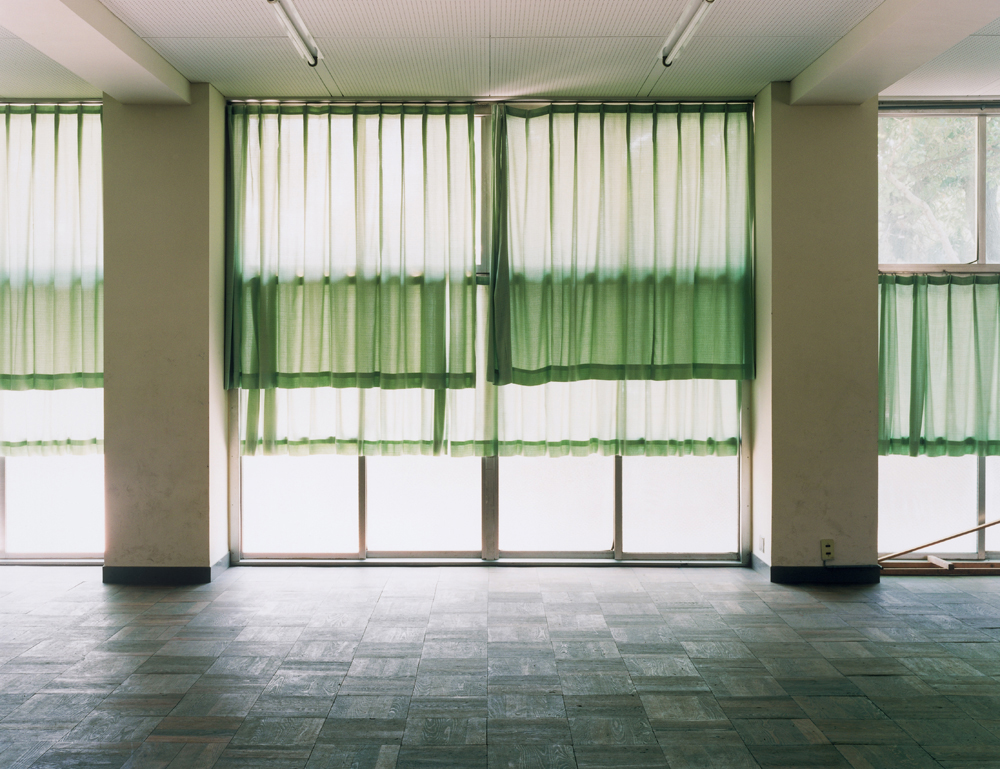Given Japan's continual seismic activity, what happened at 5:46 a.m. on Jan. 17, 1995, was unavoidable. The devastation and loss of life that occurred with the magnitude 7.3 quake in Kansai became a yardstick only now surpassed by the Great East Japan Earthquake of 2011. While the aftereffects of the latter are ongoing, what took place in and around the city of Kobe is now in large part memory and memorial.
This year marks the 20th anniversary, and Kobe's Hyogo Prefectural Museum of Art recalls and reminds visitors of the disaster. The prologue to the exhibition, which concerns a number of paintings from the museum's collection, addresses both the beauties of nature that are a part of traditional Japanese aesthetic proclivity and nature's tremendous destructive power. It is a nod to 18th-century philosopher Immanuel Kant's distinction between the beautiful and the sublime, the latter concerning the mesmerizing incomprehensibility of nature's power.
The focus is the museum's story; though, with enough historical distance, the personal tales are never too far away, being bound to a second section devoted to the development of the museum between 1995-2005. This features Waichi Tsutaka's "Mother and Child" (1951), in which the figures are reduced to lines that course embodiment to abstraction. The work was purchased by the museum not long before the quake, which killed the artist and destoyed his home.

















With your current subscription plan you can comment on stories. However, before writing your first comment, please create a display name in the Profile section of your subscriber account page.